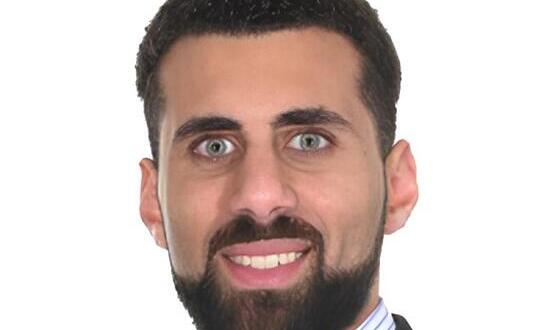Image Exchange Portal to be extended to patients across in England
- 30 April 2019

Patients are set to receive increased access to their own medical images after the national network Image Exchange Portal (IEP) was extended.
The network gives patients access to x-rays, ultrasounds, CT scans, MRIs and more through a secure log-in on their mobile, tablet or computer.
It will allow them to seek second opinions or specialist treatment more easily.
The IEP is already used to share as many as 40 million images between NHS professionals in acute trusts across the country.
Now, the newly expanded IEP with Anyone, owned by Sectra, will spread that benefit directly to patients who will not only be able to view the images themselves, but share them with clinicians.
It will help the NHS move away from images having to be shared through CDs.
One of the trusts which is embracing IEP with Anyone is Oxford University Hospitals NHS Foundation Trust, where two thirds of patients from the trust are now able to access their images.
Annie Pinfold, a picture archiving and communication systems senior consultant at Oxford University Hospitals NHS Foundation Trust, said: “It [IEP with Anyone] is so much faster and easier for patients to receive and share images.
“Many devices no longer have CD drives, and IEP with Anyone allows us to send images much more quickly through a secure electronic transfer trusted in the NHS, compared to the five days, or even longer, that it can take to post two encrypted CDs and a password in separate jiffy bags.”
Patients’ images from departments including radiology, cardiology, ophthalmology and other diagnostics will remain securely in the system for 60 days once uploaded.
IEP with Anyone will also be moving to the new Health and Social Care Network managed by NHS Digital later in the year.
Jane Rendall, managing director for Sectra in the UK and Ireland, said: “IEP with Anyone is an important step in empowering patients, while helping to reduce the burden on NHS staff. Confidentiality can also be better protected, and patients can have more control around who sees their information.”





3 Comments
This is a really interesting area. I have been undertaking research into the benefits and risks of sharing diagnostic radiological images with patients. One interesting finding was there were significant differences between clinical and lay attitudes towards this process, with laypersons more positive regarding the benefits and clinicians more concerned regarding the risks.
Query the rationale behind this, although there is probably more clarity in the detail. Do most primary care clinicians routinely have access to images or the specialist ability to interpret them. Therefore how does direct access for patients to “seek second opinions” sit within the digital agenda, surely there are more appropriate priorities to engender greater self-care
Just wondering who pays? This is a price per transfer isn’t it?
IEP as I understand it, requires PACS access to push the image or study? There would seem to be a direct impact on radiology management in this increased access done in this way?
Comments are closed.